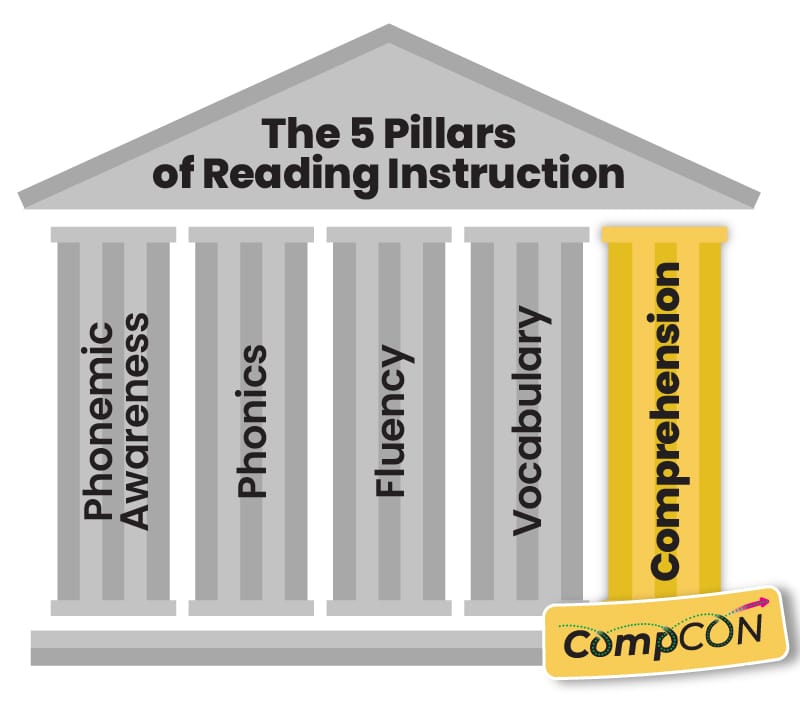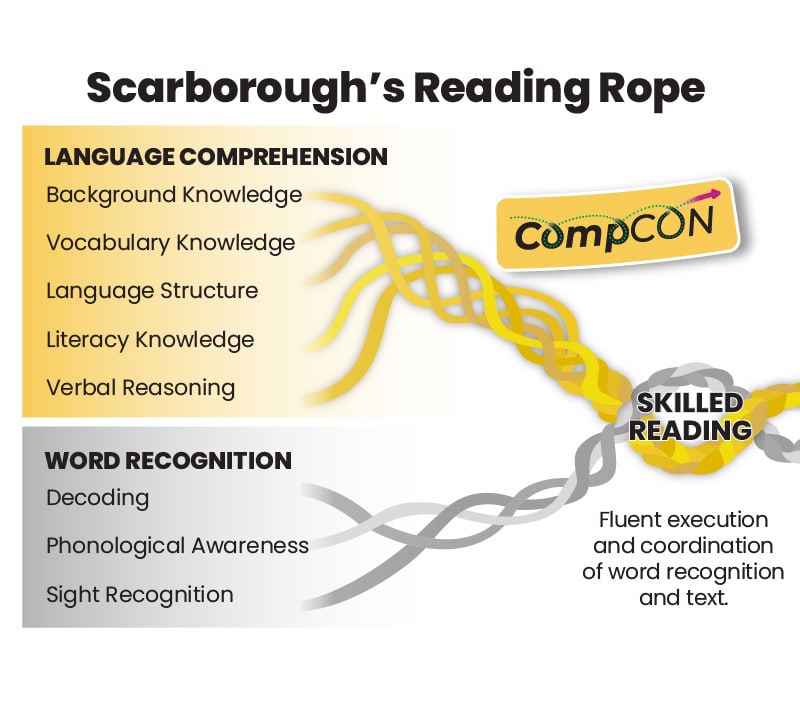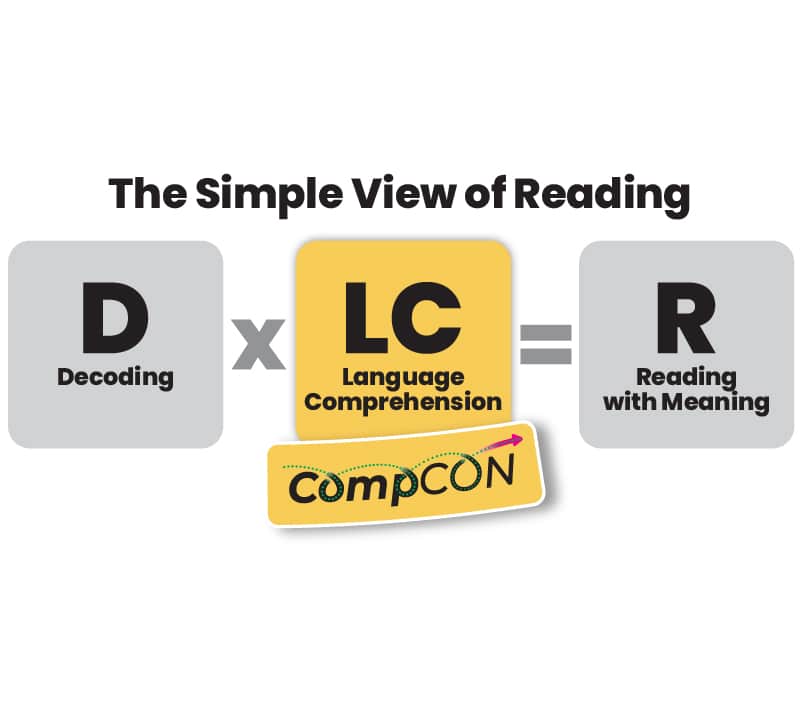
Get science of reading support
Use short texts to keep mini-lessons “mini”
To maximize every minute of reading comprehension mini-lessons, teachers must revise their definition of “text” used during the lesson models.
While you do need text to think about during the lesson, the longer the text you use, the less time you have to model your thinking. And that is the point of the mini-lesson—to teach the thinking required for reading comprehension. You want to use this segment of Tier I instruction to teach and model a single thinking skill.
Consequently, it’s important to recognize the purpose of the text being used in a reading comprehension lesson. This is not a time to read aloud a full-length text. In fact, this is usually not a new or cold text kids are seeing for the first time. Rather, focus on a single page, a paragraph, or an excerpt. Use just enough text to illustrate ONE example of the ONE skill being taught.
For example, if you are teaching perspective, select a familiar short story where the character’s feelings change frequently. Then, identify a single excerpt that implies how the individual thinks or feels in that moment. That couple of sentences is all the “text” you need to set up and model an I do on how to infer perspective.
Using the same text, find a second place where the character feels differently. Pare down the excerpt to a handful of sentences that provide the best clues as to the character’s perspective in this situation. This second example will be the “text” you reveal for the We-do experience.
Whether you retype the excerpt or scan and crop the page digitally, project the least amount of text needed to model the comprehension skill in action.
How CompCON supports the science of reading

Educational research surrounding the science of reading has heightened the need for teaching phonics and specifically decoding. But, as we know from the research conducted by the National Reading Panel, effective reading instruction requires a combination of direct, explicit teaching of all five pillars of literacy: phonological awareness, phonics, fluency, vocabulary, and comprehension.
While each of these components is important and necessary, CompCON focuses specifically on the pillar of reading comprehension. CompCON attendees spend two days learning practical and engaging lessons to deliver explicit, standards-based comprehension instruction.

Dr. Hollis Scarborough’s iconic Reading Rope reveals the essential strands for reading development. While many science of reading initiatives target the Word Recognition strand of Scarborough’s Reading Rope, CompCON addresses the Language Comprehension strand.
As important as it is that students learn how to decode words, they must simultaneously learn how to think about the words they are reading. This requires whole-class, teacher-led instruction on comprehension skills and strategies—and this is the focus of CompCON.

According to the Simple View of Reading formula, both word recognition and language comprehension are necessary to create a proficient reader.
The Simple View of Reading provides an argument for teaching decoding and phonics with intentionality. Likewise, direct instruction on teaching language comprehension is imperative as well.
Consequently, K-12 educators need to have whole-class lessons that target grade-level comprehension instruction—and this is the focus of CompCON.



